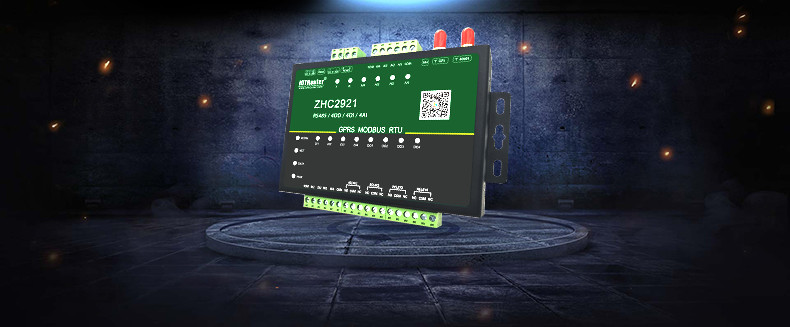The transmission mode application of the telemetry terminal RTU has four working modes: self-reporting, compatibility, query, and debugging.


1. Self-reporting working mode of telemetry terminal RTU
When an event is triggered (the value of the measured element changes to a certain extent), the telemetry station actively sends data;
When triggered by timing, the telemetry station should actively report and send data according to the specified time;
In the self-reporting working mode, the RTU goes online during hourly reporting and early warning reporting, and automatically goes offline after completing data transmission. The self-reporting mode is mainly used for short-term communication and long-term standby, so the power consumption is far lower than the compatible working mode. In the self-reporting mode, the GPRS communication module is in a dormant state, and the configuration parameters can be modified remotely through the web page.
2. Compatible working mode of telemetry terminal RTU
It means that it includes both query and self-report working modes. In the compatible working mode, the RTU will automatically connect to the service center as soon as it is turned on and will remain online; if a network failure occurs, the RTU device will automatically reconnect. In this mode, the hydrological monitoring and management platform can perform operations such as testing and photography. Since the wireless communication module is a relatively power-consuming unit, in the self-reporting mode, the RTU will only go online when the hour or additional time is announced, otherwise its power will be turned off. In compatibility mode, it will always remain online, and the power consumption will be higher at this time.
3. Query working mode of telemetry terminal RTU
The central station issues instructions mainly for data query, parameter (status) setting or equipment control of the telemetry station; the telemetry station should respond to the instructions by sending the queried data or status, setting parameters or executing control equipment instructions and returning execution results.
4. Debug working mode of telemetry terminal RTU
In debugging mode, it is mainly used for installation and testing of RTU external water level, rainfall, cameras and other equipment.
The functions of the installation test are: first, to test whether the communication line is normal; second, to verify the correctness of the collection and transmission of the telemetry station, and to tell the central station that the test data is only used for checking and is not stored.